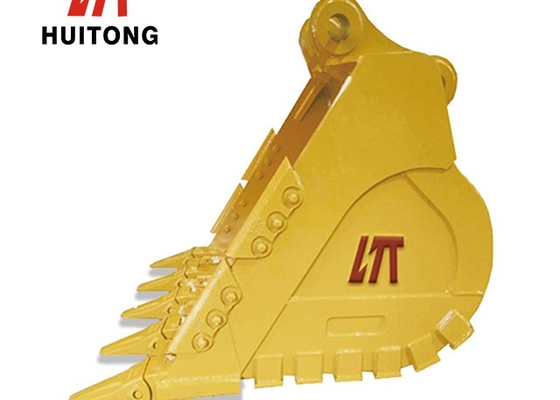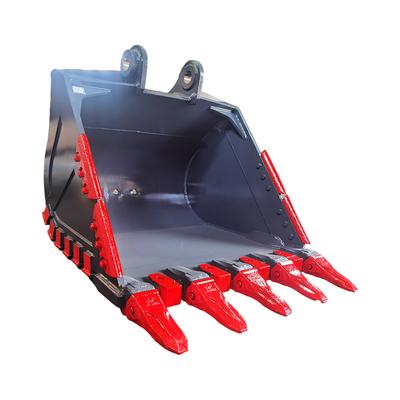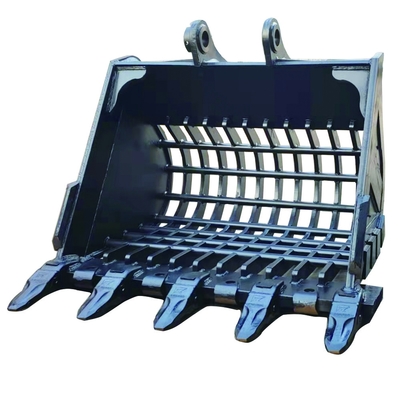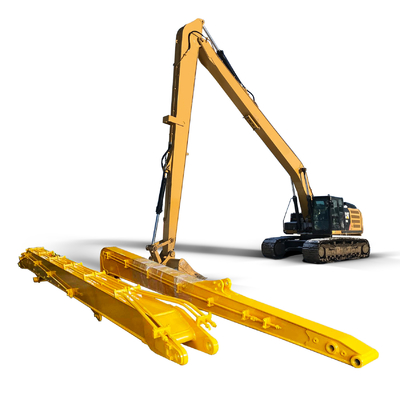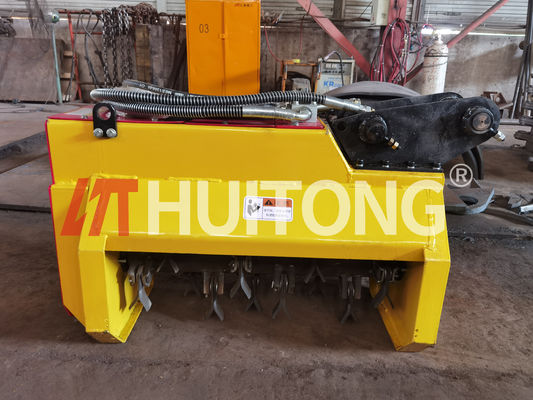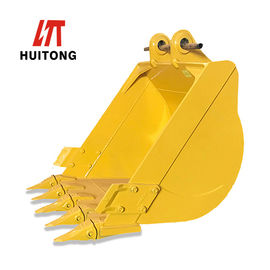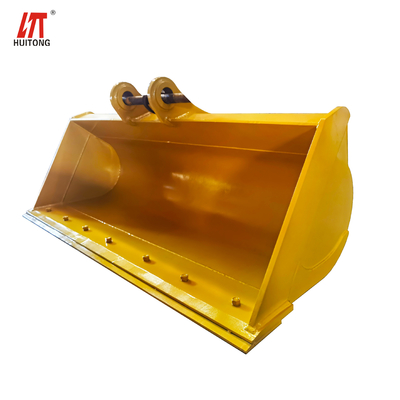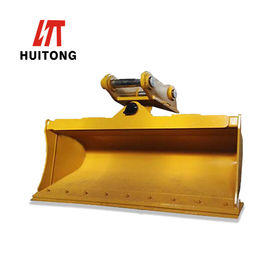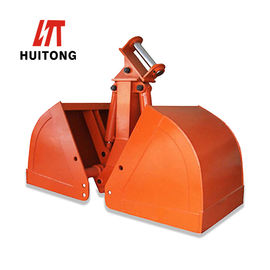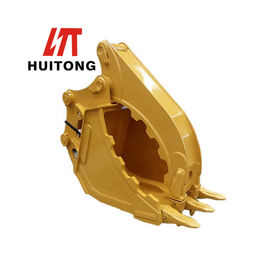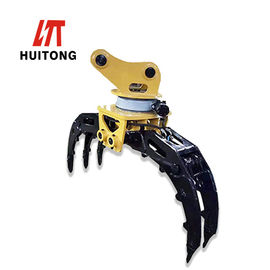This question is relatively simple and easy to say clearly. Let’s talk about it in several ways. The first is the material of the large and small arms themselves. This material is not special. The large and small arms use basic mechanical structural steel (Q345A, the old name is 16Mn/A4, which is a low-alloy high-quality steel rolled plate). A box structure with a stiffened plate in the middle of the rolled plate welded with various thicknesses (basically all thick plates, the thickness depends on the model, ranging from 20mm to 40mm), the production process of this box is not difficult. At the beginning, it is CNC cutting of thick plates. The upper and lower plates of the boom are bent into an arch shape by a bending machine, and then sent to the milling machine area together with the two sides of the plate, and the welding groove (V-shaped 30°) is mechanically milled, and then used by the workers. Smooth it with a hand-grinding machine.

Then the four flat bevel plates are sent to the spot welding area, combined together, fixed on the welding table with a fixture, and then spot welded with manual mixed gas welding (carbon dioxide + argon welding shielding gas). When welding, the welding reinforcement (rebar or bar) will be welded to the part to be strengthened or easy to be welded and thermally deformed. After the spot welding is completed, the assembled large and small arms are sent to the manual welding area, where the inner reinforcement plate, pipe clamps, and front and rear twisted supports are welded on by workers (these things are not convenient for CNC welding). After welding, send it to the inspection area for inspection and ultrasonic inspection of the weld. After confirming that there is no crack in the welded grid (defective welds must be repaired), send the formed large and small arms to the CNC welding area, and the CNC welding machine will have the point. Welded seams that are fixed but not welded. After the welding is completed, perform flaw detection inspection. After the inspection is passed, the large and small arms are actually formed.
It is worth mentioning here that welding is very important to the structure of excavators, which directly affects its structural quality. The welding quality must be guaranteed (the weld strength is slightly higher than the base material, and the weld level is not less than 2 , Welding seam is uniform and full, no deformation after welding, no missing welding), this material is still the second, mainly depends on welding.

Then this "naked" arm is sent to the shot blasting area, hung in the shot blasting room for shot blasting, to eliminate the welding internal stress and remove the skin (oxidation) on the surface of the steel plate, and pull it out after the shot blasting is finished. The upper and lower arms became white and shiny. It is directly lifted to the putty area (after a long time, the skin will come out again), and a layer of putty powder will be applied evenly by hand by the worker (prepared before spraying to fill in the defects and facilitate the adhesion of the top coat). After applying the putty, the upper and lower arms were hoisted into the paint spray booth, sprayed with the top paint (mixed plastic paint), and then pulled into the paint booth, baked with hot air of about 200 degrees, to make the top paint solidify. After baking, the upper and lower arms are made.

As for the excavator bucket, it is actually welded with Q345A steel. It is partially strengthened by the welding plate and riveted into high-manganese wear-resistant steel bucket teeth. This can be customized to a special machinery factory, and the technical content is not high. It can be purchased or made by yourself. The material of the connecting rod and the hinge support (large and small arm head) is also the same. It is worth mentioning that the pin bearing (bushing) and the pin stranded support are purchased parts. The requirements for machining accuracy and heat treatment are relatively high. Generally, they are made of cast iron alloy or 45 steel after carbonitriding. , The dimensional accuracy should be high (some pins need to be cold mounted, which requires higher precision), and the wear resistance should be good.

 Your message must be between 20-3,000 characters!
Your message must be between 20-3,000 characters! Please check your E-mail!
Please check your E-mail!  Your message must be between 20-3,000 characters!
Your message must be between 20-3,000 characters! Please check your E-mail!
Please check your E-mail! 
